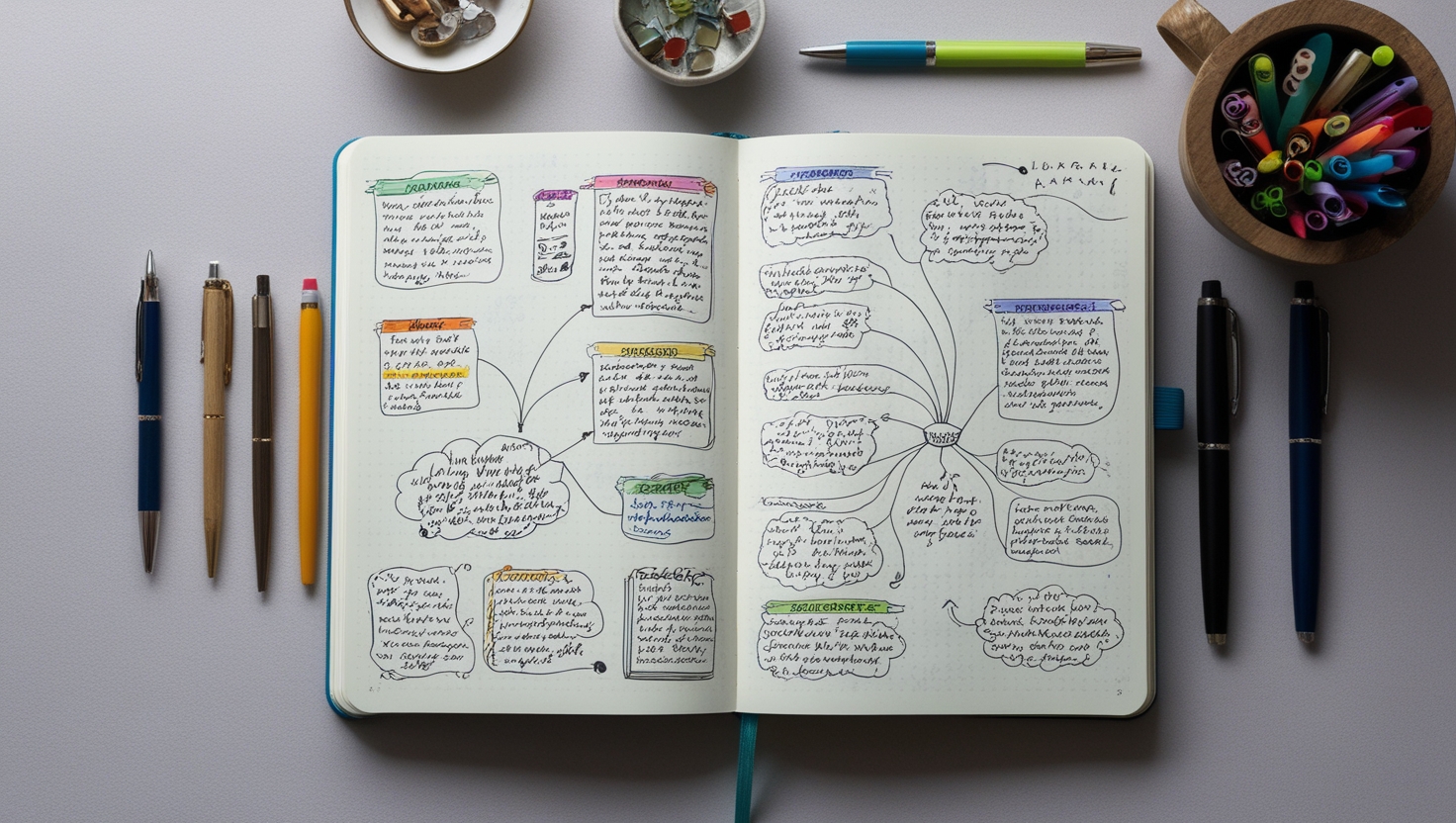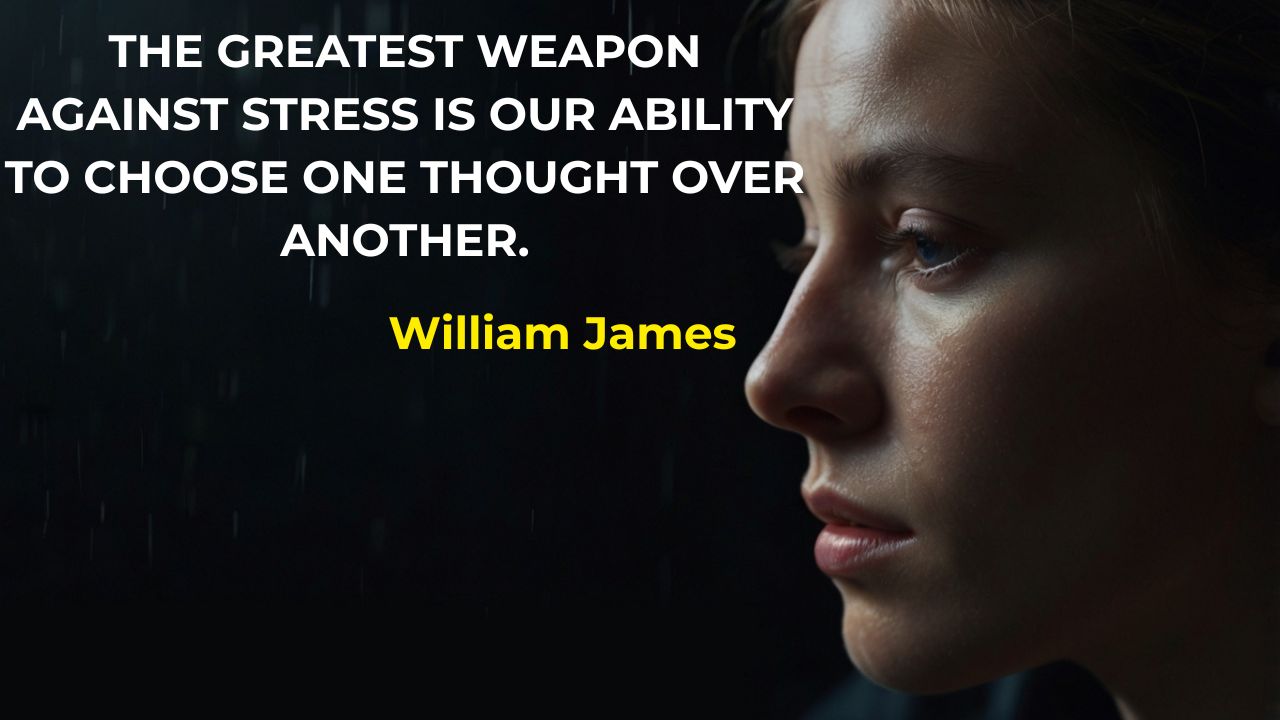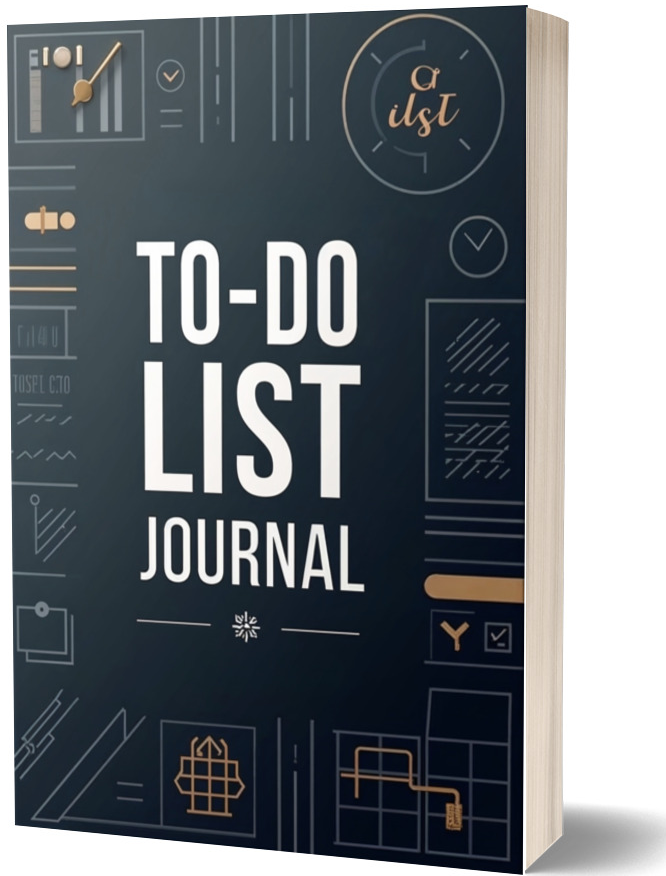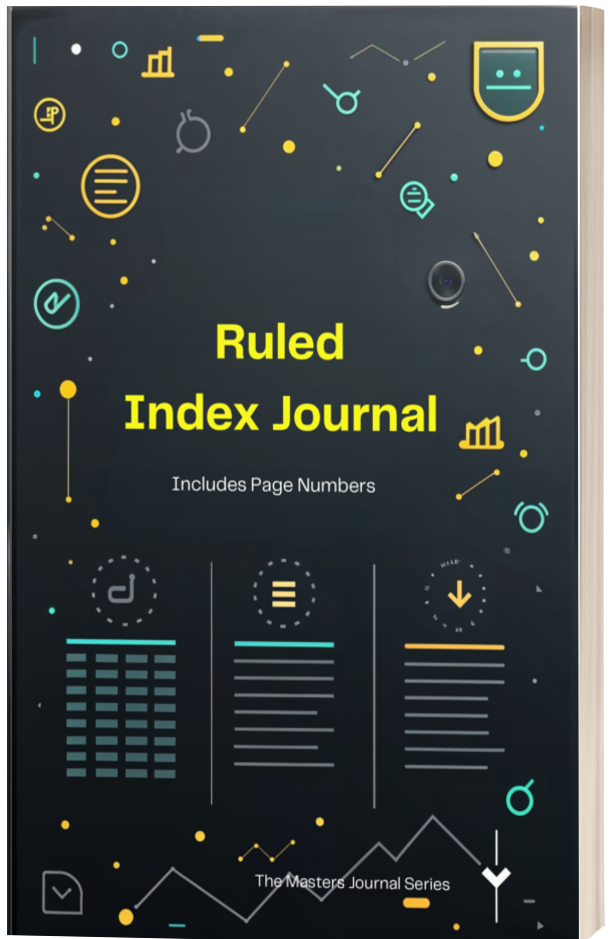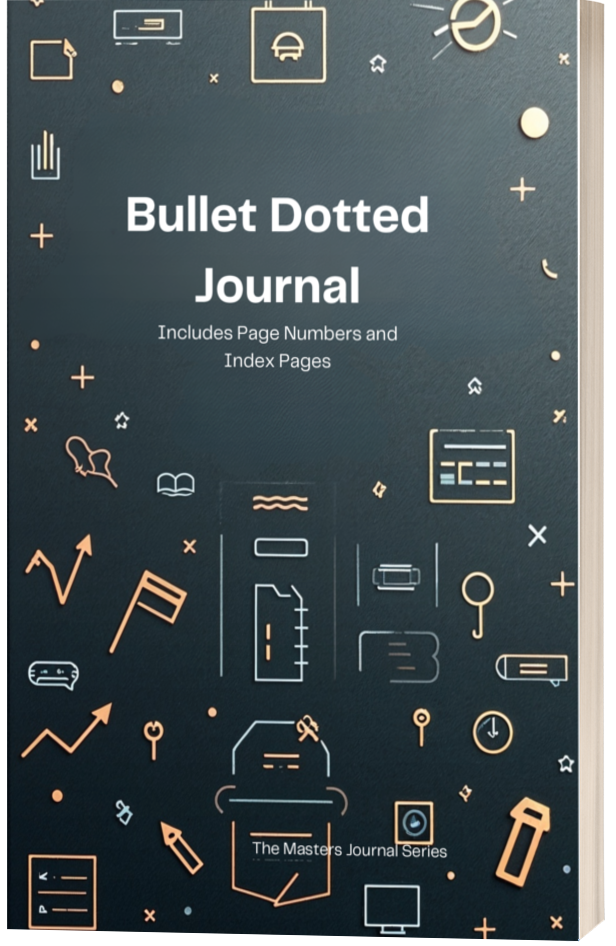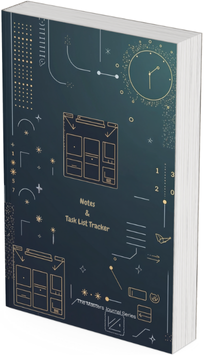**Analytical Thinking Tools: Breaking Down Problems for Better Solutions**
Analytical thinking tools are powerful frameworks that help organize, dissect, and understand complex problems. By using these tools, you can uncover root causes, evaluate options, and make better decisions. In this article, we’ll explore three widely used analytical thinking tools: Flowcharts, Fishbone Diagrams, and Force Field Analysis.
---
**1. Flowcharts**
Flowcharts are visual representations of a process or workflow. They use symbols such as rectangles, diamonds, and arrows to map out steps, decisions, and outcomes. Flowcharts are particularly useful for:
- **Problem-solving**: Visualizing where bottlenecks or inefficiencies occur.
- **Decision-making**: Clarifying options and consequences.
- **Communication**: Explaining processes to teams or stakeholders.
Example**: Mapping the steps in a customer service process to identify delays or areas for improvement.
---
**2. Fishbone Diagram (Ishikawa Diagram)**
The Fishbone Diagram, also known as the Cause-and-Effect Diagram, helps identify the root causes of a specific problem. It organizes potential causes into categories, such as People, Processes, Materials, and Environment, branching out from a central problem.
**How to Use**:
1. Clearly define the problem (e.g., "Low sales").
2. Draw a horizontal line with the problem at the end.
3. Add categories as branches and brainstorm potential causes under each.
**Benefits**:
- Encourages systematic thinking.
- Highlights relationships between different causes.
- Provides a structured approach for root cause analysis.
---
**3. Force Field Analysis**
Force Field Analysis evaluates the factors that support or hinder a change or decision. It involves listing driving forces (positive factors) and restraining forces (negative factors) and analyzing their strength.
**Steps**:
1. Define the change or decision you’re analyzing.
2. List driving forces (e.g., cost savings, improved efficiency).
3. List restraining forces (e.g., resistance to change, high initial costs).
4. Assign a score to each factor to determine the overall feasibility of the change.
**Applications**:
- Change management.
- Risk assessment.
- Strategic decision-making.
---
**Why Use Analytical Thinking Tools?**
1. **Clarity**: They break complex problems into manageable components.
2. **Objectivity**: Provide a structured approach to problem-solving.
3. **Collaboration**: Facilitate teamwork by visualizing issues and solutions.
4. **Efficiency**: Save time and effort by targeting the right areas for action.
---
**How to Get Started**
- Begin with a clear definition of your problem or objective.
- Choose the right tool based on the complexity and nature of the issue.
- Involve your team to gather diverse perspectives and ensure accuracy.
- Regularly update and refine your analysis as new information emerges.
These tools empower individuals and teams to think critically, identify root causes, and make informed decisions. Incorporate them into your problem-solving arsenal to improve outcomes and drive success.
- Audio Articles
- Audio Articles 1
- Audio Articles 2
- Audio Articles 3
- Audio Articles 4

7 Daily Disciplines That Transform Your Life
The power to act with intention, to align your actions with your values, and to move steadily toward a life of purpose—even on days you don't feel like it.
Read Full Article
How to Build Unbreakable Discipline
Discipline is built—habit by habit, choice by choice, day by day. And the most powerful kind? The kind that doesn’t crack under pressure. The kind that becomes part of who you are.
Read Full Article
Why Motivation Fails And Discipline Wins Every Time
We all love the feeling of motivation—that surge of energy, that rush of inspiration that makes everything seem possible. But here’s the problem: motivation is unreliable. It’s emotional. It comes and goes. And if your goals rely on you “feeling like it,” you’re already in trouble.
Read Full Article
Discipline Over Desire
Desire is loud. It burns bright, talks fast, and loves to dream. But desire alone doesn't achieve much. Every person has desires. Very few have the discipline to bring them to life.
Read Full Article
The Science of Sticking
If you've ever tried to build a new habit, you've probably heard that it takes 21 days. This number gets thrown around so often that it feels like scientific fact.
Read Full Article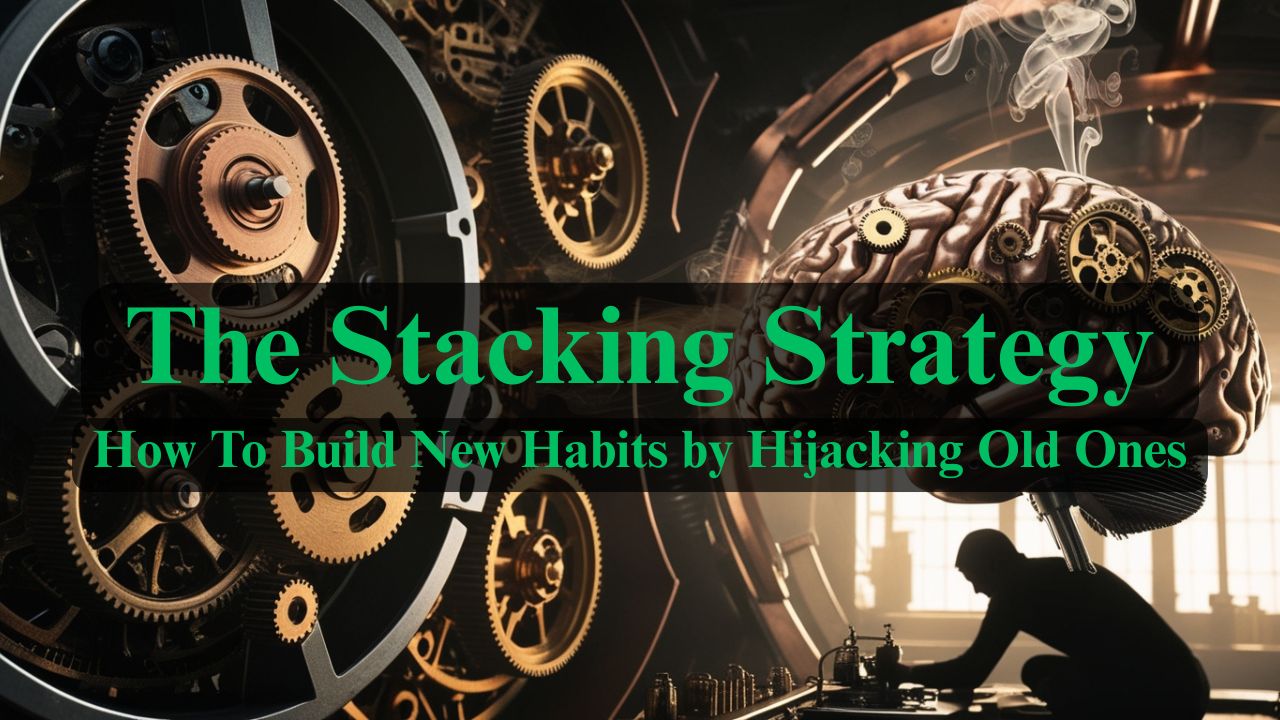
The Stacking Strategy
What if I told you that the habits you already have—even the ones you consider "bad"—could become the secret weapons for building the habits you want?
Read Full Article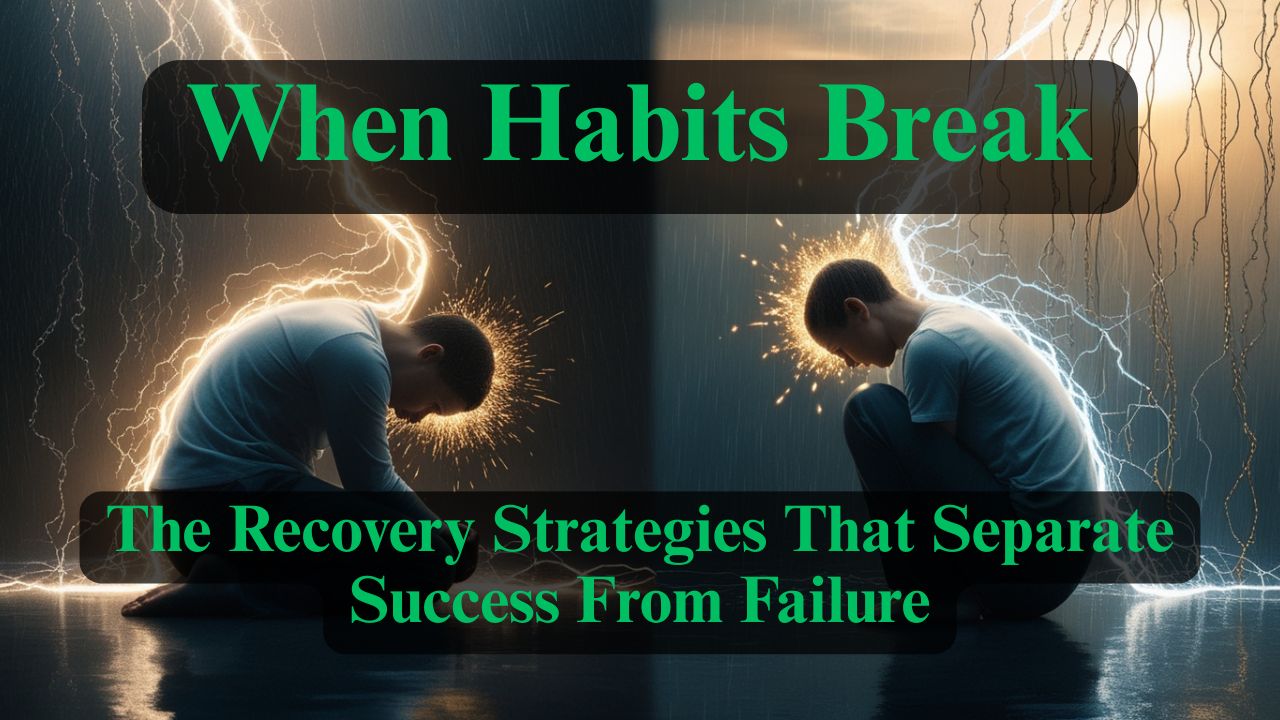
When Habits Fail - The Recovery Strategies That Separate Success From Failure
Here's what nobody tells you about building habits: you will fail. You'll miss days. You'll fall off track. You'll have weeks where everything falls apart.
Read Full Article
The Ultimate System - Designing a Life Where Good Habits Are Inevitable
You've learned to recognize habits, understand their formation timeline, stack them strategically, and recover from setbacks.
Read Full Article
